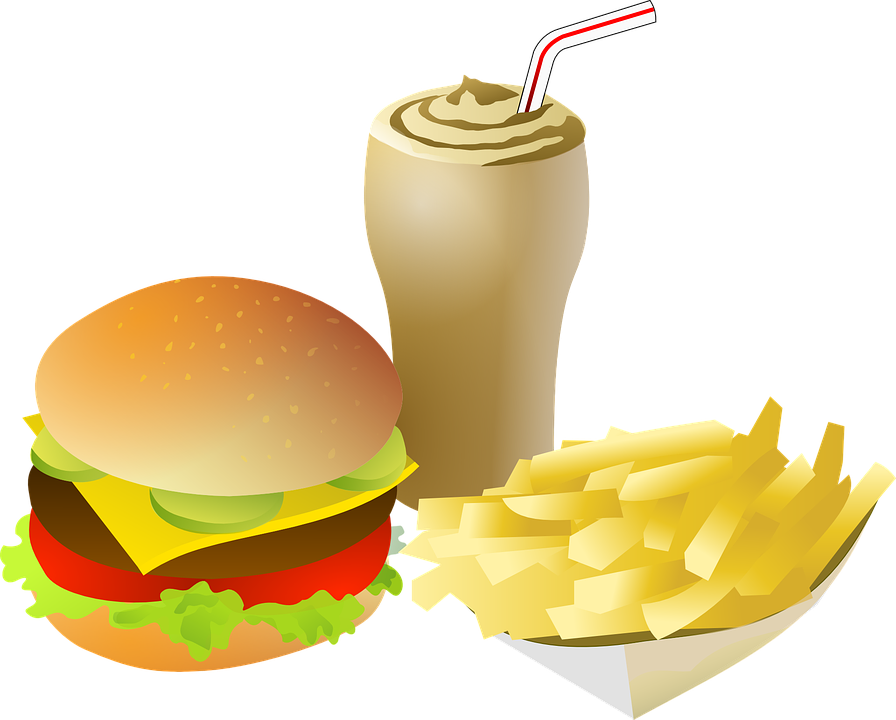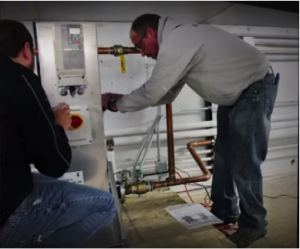How Pumps Provide Food to Your Table

How Pumps Provide Food to Your Table
How many times in a year, a month, or a week do you go out to eat simply because it’s the quick and easy option? When a burger can be cooked in less than five minutes and a smoothie made in thirty seconds, you can’t help but wonder what’s going on behind the scenes. Well, chances are, pumps played a role in providing food on the table and a drink in your hand in this efficient manner.
The food and beverage industry deals with a wide range of challenges on a daily basis, such as dirty water, high temperatures, and corrosion. There’s no time for these issues in such a fast paced environment, which is why a long-term solution is necessary. In order to minimize downtime and maximize productivity, pumps are seen as the long-term solution.
As the means of transferring water from point A to point B, there are many instances in the food and water industry where the use of a pump is necessary. Commonly installed as a way to maintain water pressure, they also serve many other purposes. For example, pumps can also be used to transfer dirty or grey water from the washing area to the treatment center that can recycle the water.
Pumps come in all shapes and sizes, which is why the proper selection of the pump is a vital part of the process. The correct pump must be installed to prevent unnecessary downtime and allow routine maintenance to be completed during planned shutdown periods. If installed properly and for the right reason, the latest pump design can deliver improvements in performance and reliability, making it the cost-effective solution. It’s recommended to work directly with the pump manufacturer during the pump selection process because expert knowledge and experience is often necessary.
Pumps keep materials moving throughout the production process, which A.Y. McDonald is all too familiar with. For example, our products are installed in the food and drink industry every day, such as a variable speed booster (VFD) at a local distillery and a commercial booster system at Starbucks in Madison, WI. (See below for pictures)
Without water, there would be no food. And without pumps, the process of food production wouldn’t be as efficient as it is today. Whether a restaurant is looking to minimize costs in the production process or in need of water transference from point A to point B, pumps are the answer.
An A.Y. McDonald commercial booster
pump was installed at a Starbucks in
Madison, WI
An A.Y. McDonald variable speed booster system
helped Blaum Bros. Distillery increase efficiency
in their distilling process


